Team: New York Rangers
Team Building Status: Contending
The New York Rangers became the first team to qualify for the 2024 playoffs earlier this week. After sending ‘the letter’ to fans in early 2018, the Rangers turned things around quite quickly as they’ve already taken a few serious attempts at a long playoff run after their rebuild. Was it truly a rebuild? How long can they remain a contender?
Roster Ruminations
NHL Roster
Following three straight seasons where they eclipsed 100 points in the regular season, the 2017-2018 New York Rangers took a big step back. By the middle of the season, Rangers’ brass concluded they needed to make big changes and sent a letter to fans announcing a rebuild. Through the 2018 and 2019 trade deadlines, they traded away players including Rick Nash, Mats Zuccarello, Ryan McDonaugh, J.T. Miller, and Kevin Hayes.
The moves set the foundation for the Rangers current roster, Ryan Lindgren and K’Andre Miller were drafted with picks from the aforementioned deals. They picked high in the draft with their own picks, adding Alex Lafreniere and Kaapo Kakko. And by the summer of 2019, they were adding pieces like Adam Fox and Jacob Trouba that would help bring the team back into contention.
This wasn’t a traditional rebuild in the sense that the Rangers didn’t let the roster age too much before they decided to make changes. Instead, they set a course to turn over the roster as soon as it was apparent the previous core had lost it’s ability to compete. It’s worked out very well so far. The Rangers are set to take a serious run at the Stanley Cup this spring and they look like they’ll be in a similar position again for the 2024-2025 season. It’s important to note with the Rangers’ profile that they typically outperform the model due to special teams performance (the model is focused on 5v5) and they are predicted to have strong goaltending again.
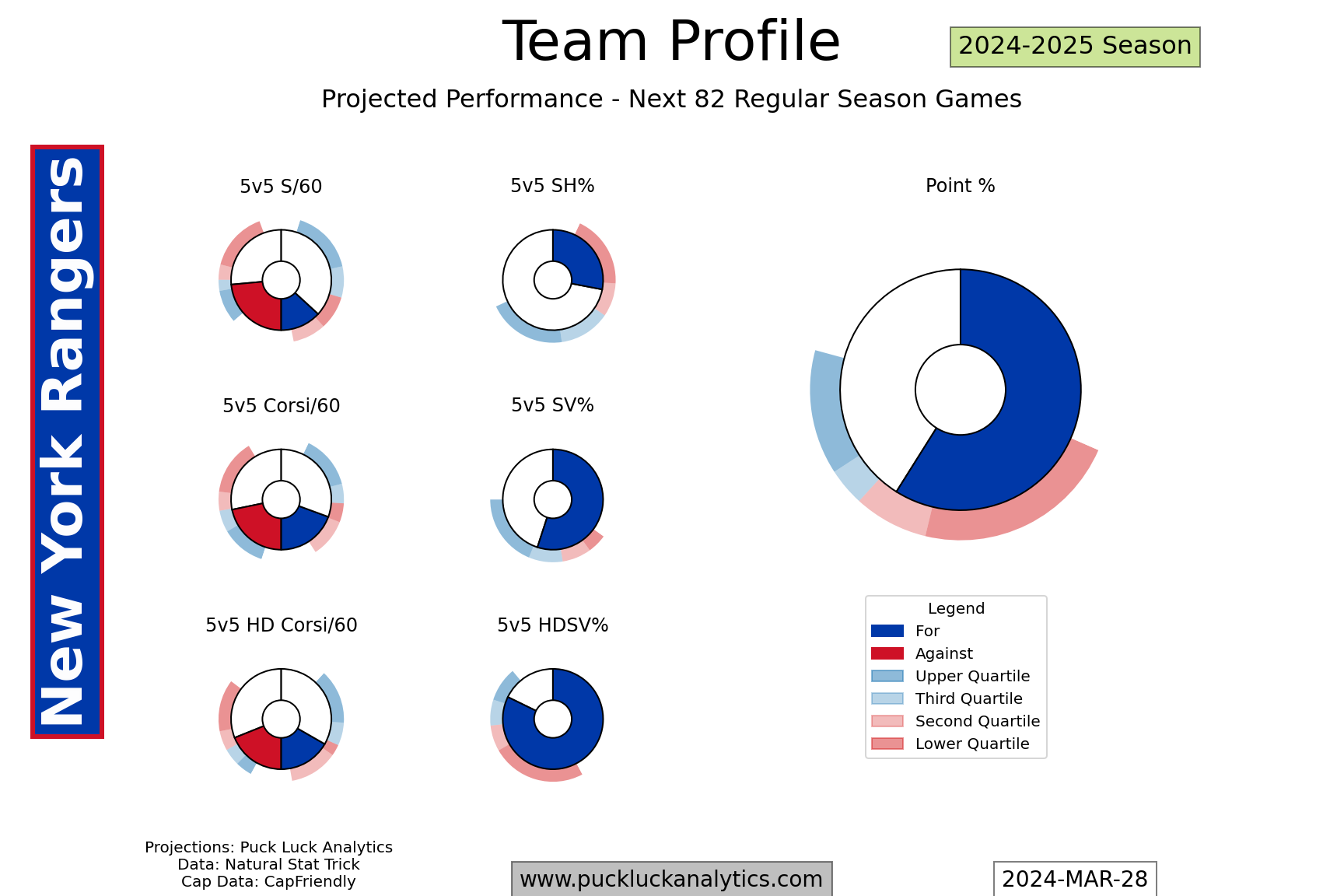
Salary Cap Management
The Rangers have some significant RFAs in need of new deals this summer, including Kaapo Kakko, Ryan Lindgren and Brayden Schneider. They don’t have a lot of cap space, but it should be adequate to extend their RFAs and bring back much the same group again next season. They have a mix of older and younger players signed to longer term deals, so it will be interesting to see what they prioritize going forward from a roster building perspective.
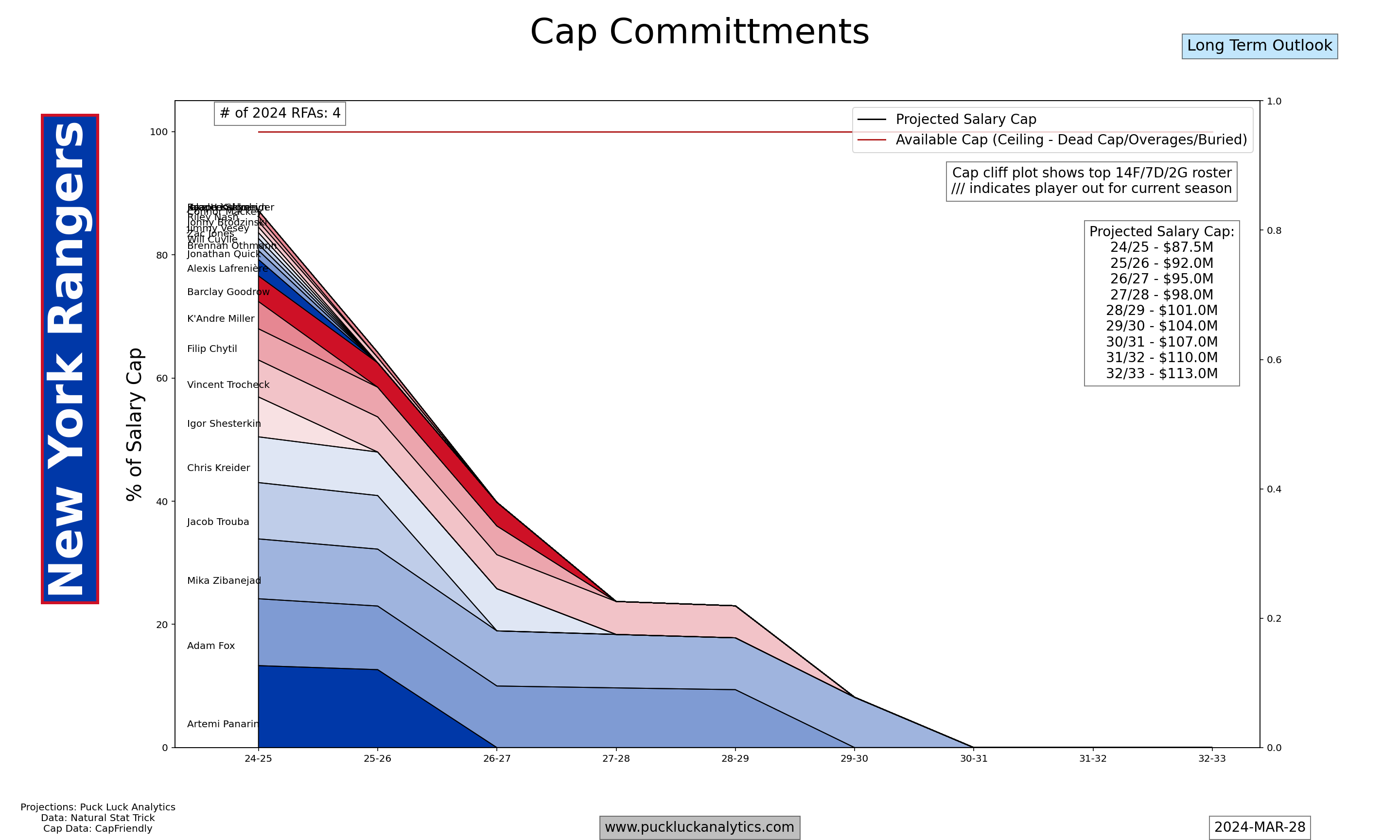
Future Assets
The Rangers resurgence has come at a cost. Their quick turnaround back into contention has seen them start using future assets to bolster their playoff rosters already. They’ve hung on to their 1st round picks in the upcoming drafts, but they have no 2nd round picks, one 3rd round pick and one fourth round pick in the next three drafts. Their prospect pipeline is also depleted and Hockey Prospecting ranks the Rangers as the 25th best prospect pool in the league.
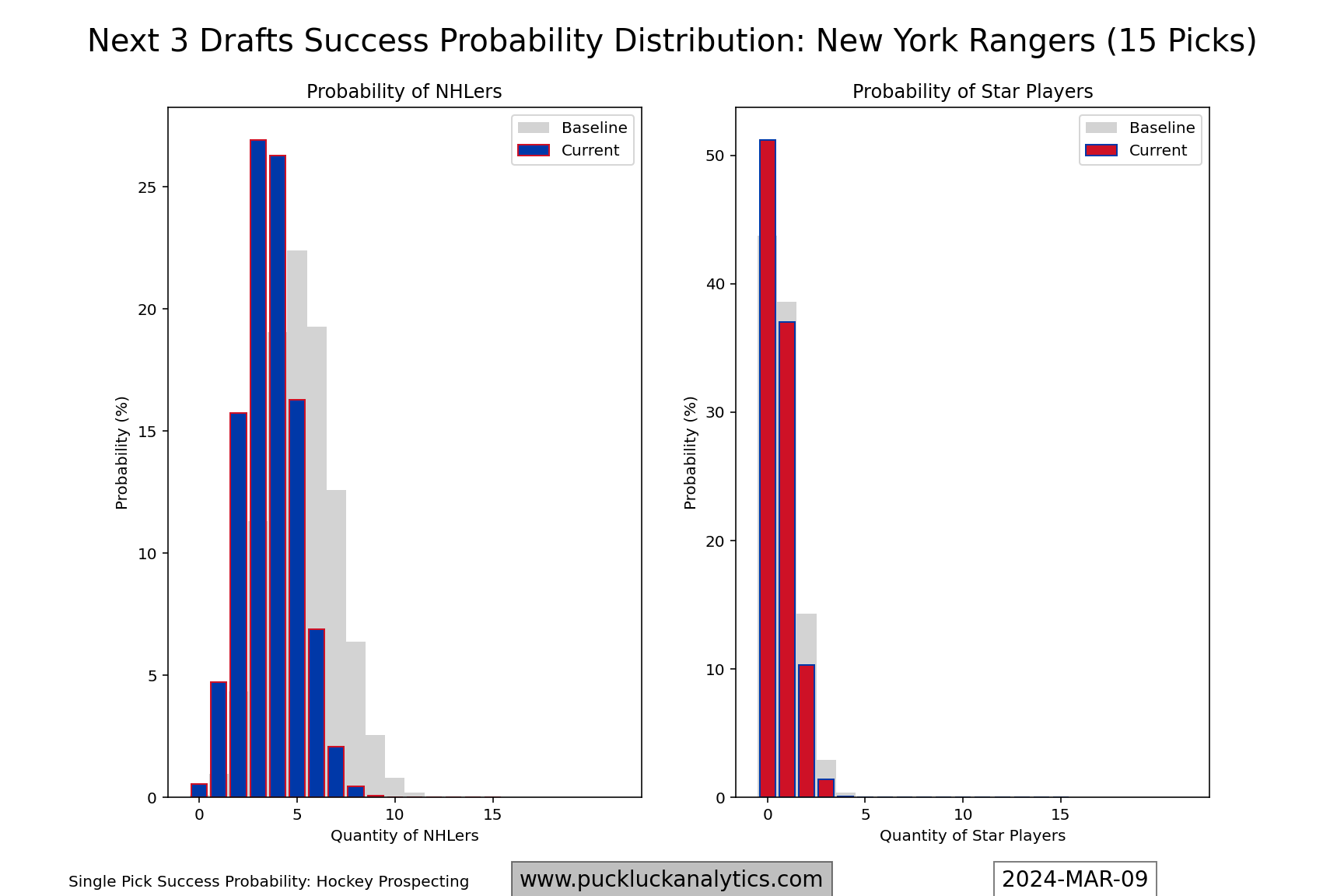
What’s Next?
When we break the Rangers’ roster into 4 year age cohorts, we can see a some of the ideas from regenerative roster building in place. If you read the roster ruminations on the Dallas Stars a few days ago, you’ll notice some similarities, although the Rangers are in a different stage of transitioning between cohorts.
| Centers | Wingers | Defensemen | Goalies |
| Mika Zibanejad | Artemi Panarin | Jacob Trouba | |
| Vincent Trocheck | Chris Kreider | Erik Gustafsson | |
| Alex Wennberg | Barclay Goodrow |
| Centers | Wingers | Defensemen | Goalies |
| Jack Roslovic | Adam Fox | Igor Shesterkin | |
| Ryan Lindgren | |||
| Centers | Wingers | Defensemen | Goalies |
| Filip Chytil | Alex Lafreniere | K’Andre Miller | |
| Kaapo Kakko | Braden Schneider | ||
| Will Cuylle | Zac Jones |
The late prime group (age 29-32) is very much the leaders of the current team. Panarin, Kreider, Zibanejad and Trouba have been the heartbeat of the Rangers over the past number of years. Father time comes for us all, though, and this group can’t be expected to continue to be the face of the Rangers much longer. Now into their 30s, it’s time that New York looks to scale back their reliance on this group and transition some of them into support roles.
This group is akin to the Benn/Seguin cohort for the Stars, although a couple of years younger. Difficult decisions should be looming, as this group needs to be reduced in number to avoid a group aging effect. The players may also yield substantial returns now if they Rangers look to move on from some of this group before they start to slow down more considerably. Consider how short the 2018 rebuild was when they took this approach with aging players who still had relatively strong value.
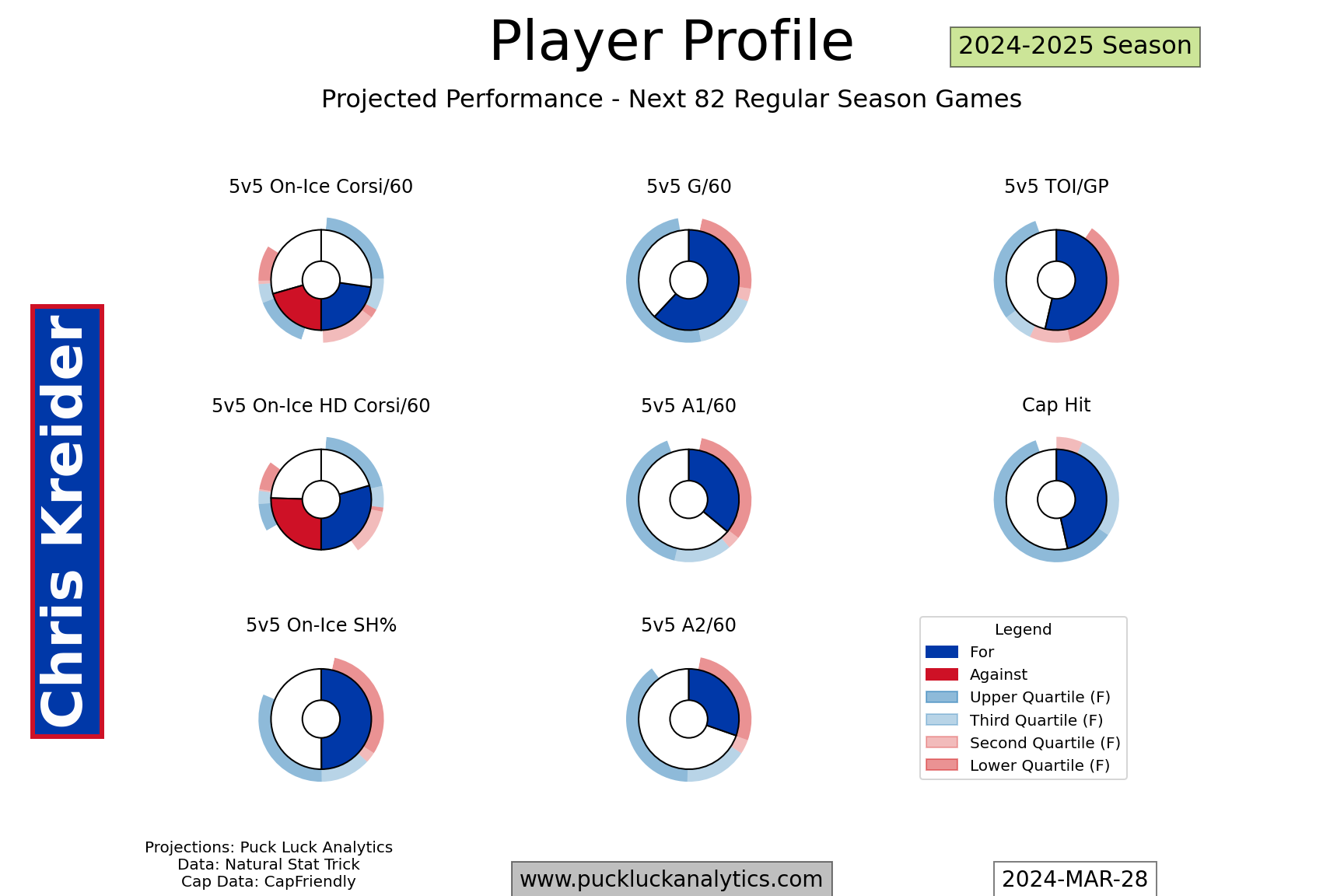
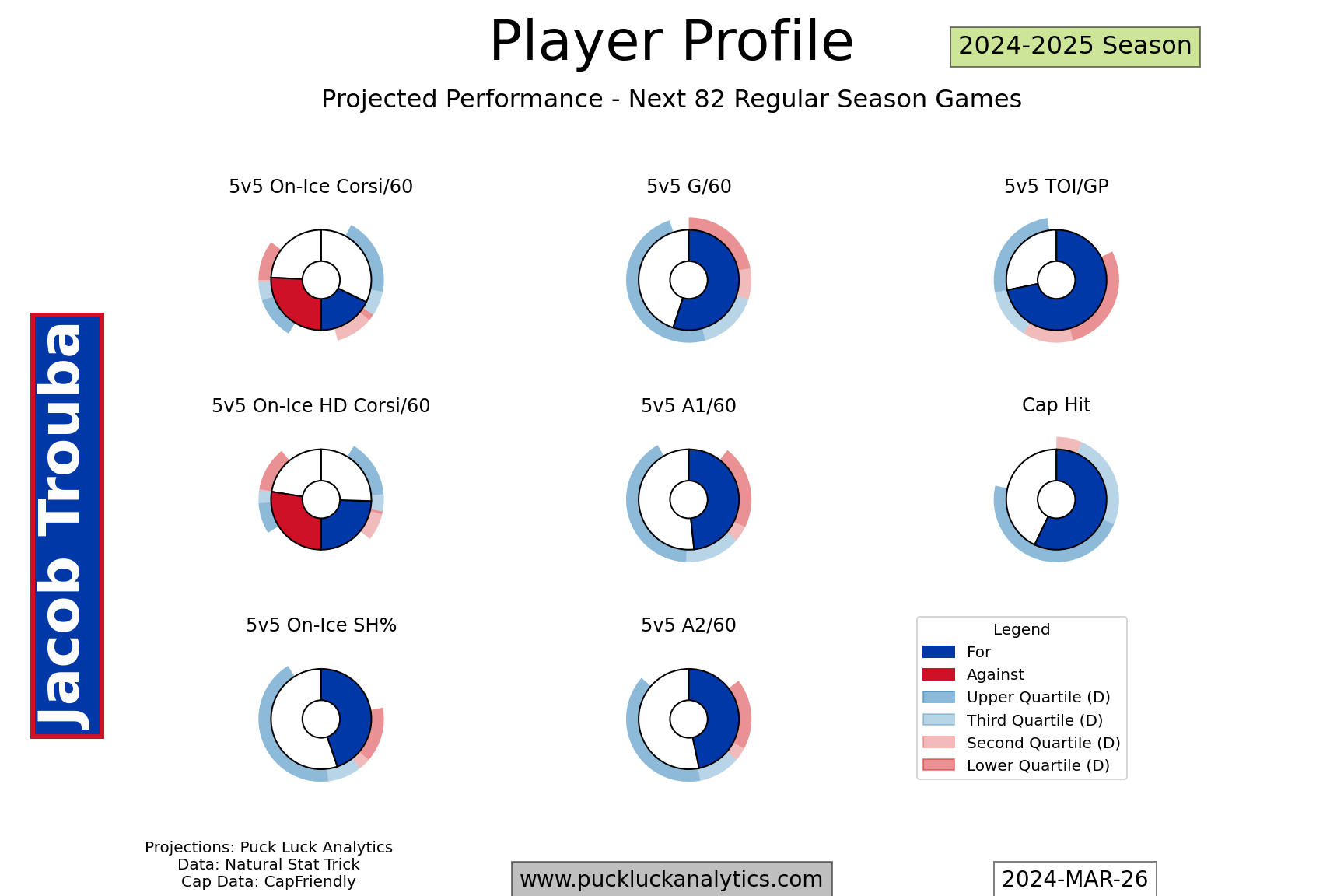
The group behind the late prime cohort is now fully in their prime. It contains a couple of anchor talents in Adam Fox and Igor Shesterkin but is not terribly deep overall, particularly the forward group. Again, a similar state as the Stars although the Rangers only skipped one cohort here rather than two like the Stars.
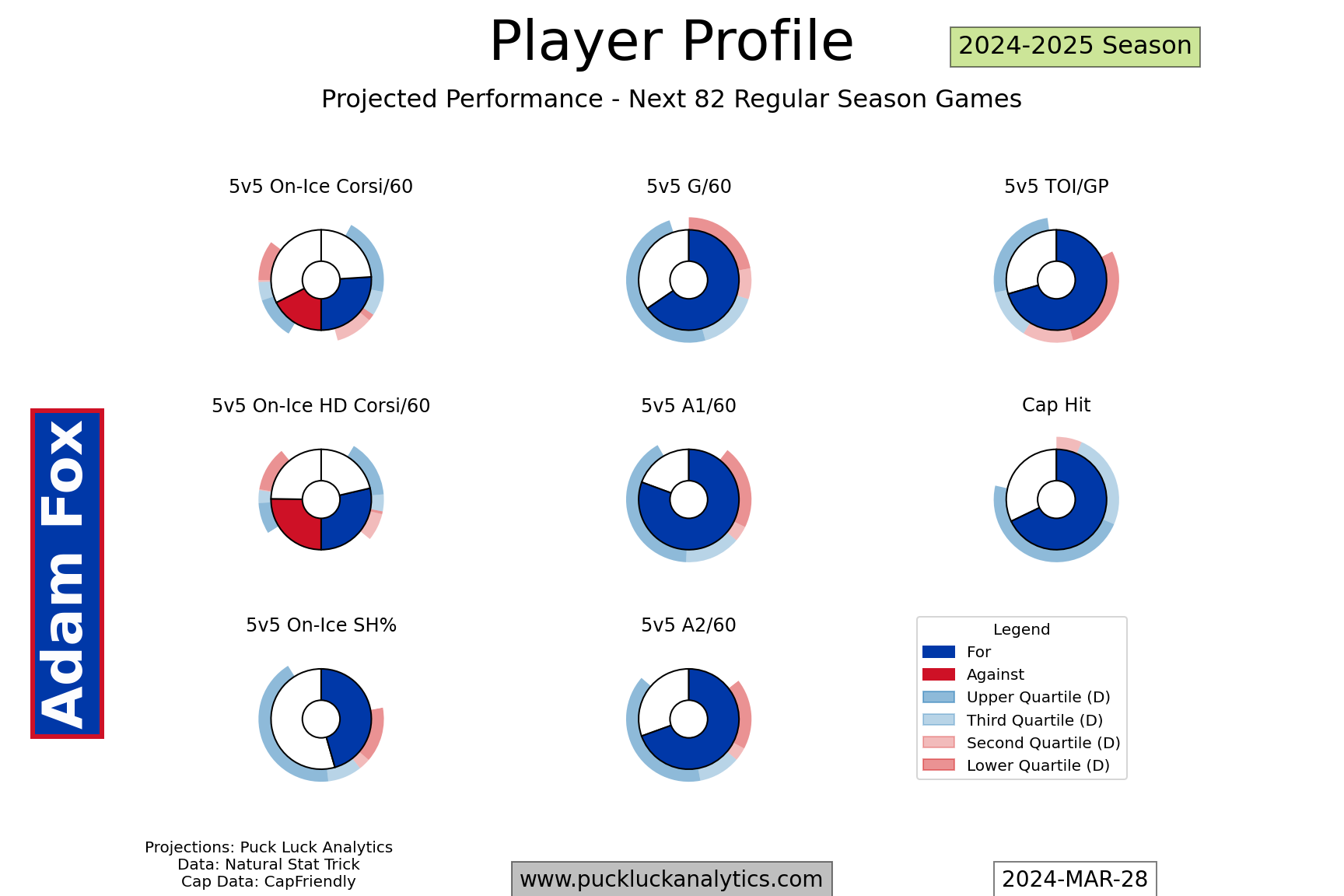

And again similar to the Stars, the Rangers have a second focus cohort that is just approaching their prime as a group. Alex Lafreniere and Kappo Kakko are the faces of the Rangers’ 2018 ‘rebuild’ and have been taking on increasing roles over the past few seasons. That trend needs to continue for the Rangers to transition between cohorts effectively and remain as a perennial contender.
Where things look different than the Stars is the depth of this incoming cohort and what’s behind it. Filip Chytil is the only Center in the group and the Rangers need to add depth down the middle to remain competitive. The incoming cohort still needs some work, but the Rangers have also spent a lot of future assets to get where they are today.
Skipping a cohort after the Lafreniere/Kakko group is expected with regenerative cohorts, but there should be another focus cohort building in the 17-20 age range to help supplement the roster in a few years and eventually take over as the main drivers of the roster. This isn’t happening as their pool of draft picks is dwindling already.
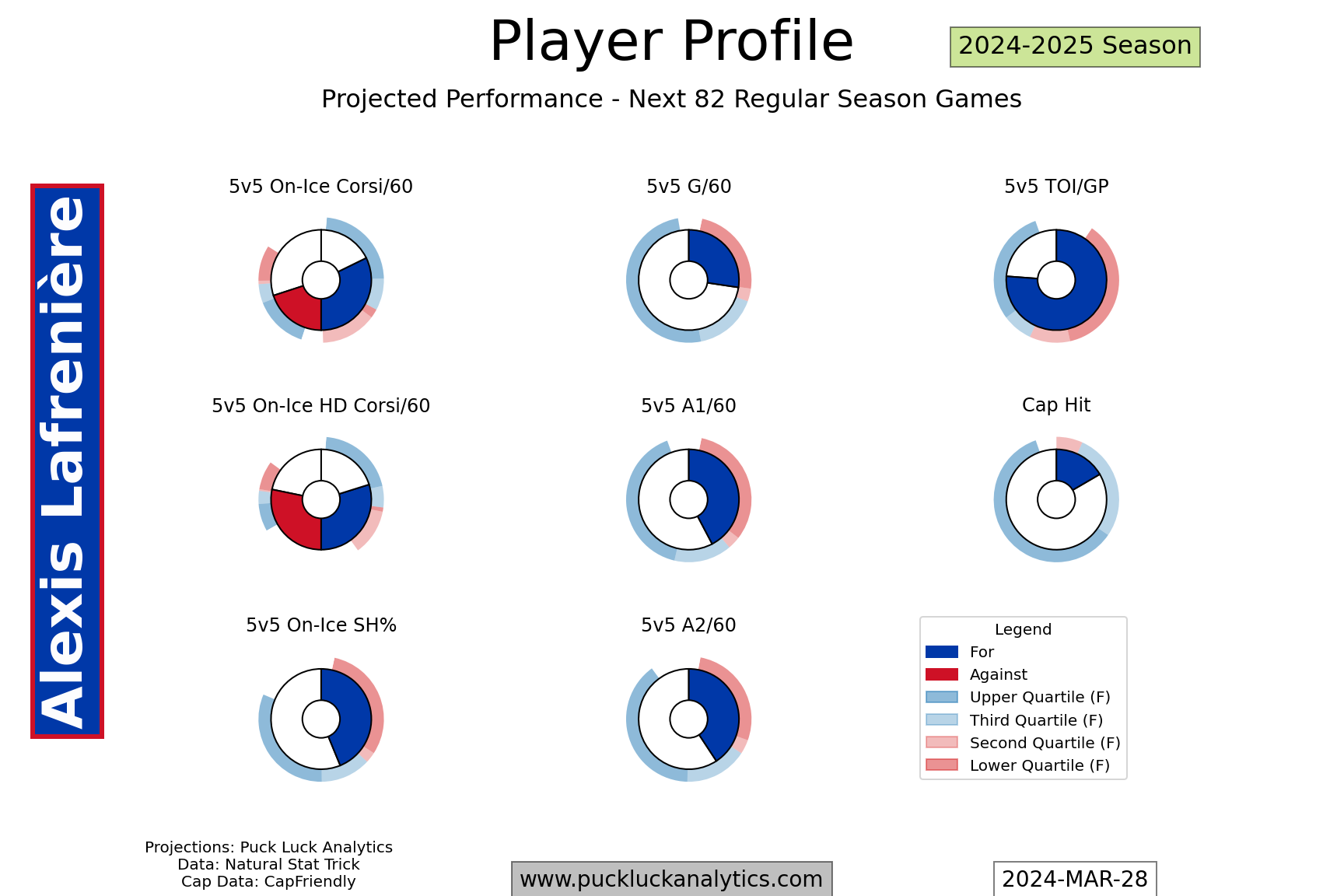
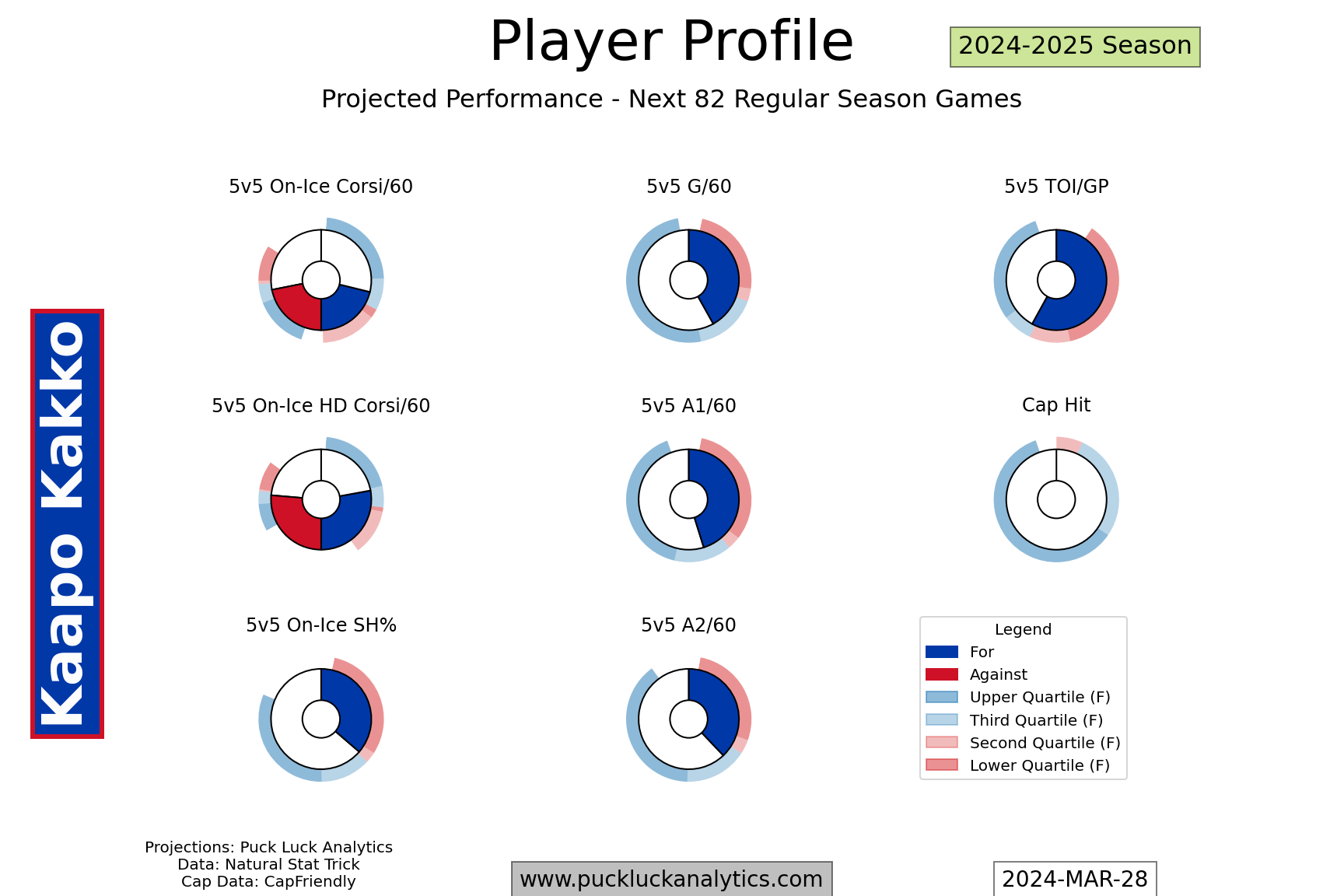
The Rangers rise back into contention came rather quickly after their 2018 self proclaimed rebuild. They have the pieces to continue to contend in the short term but the long term outlook looks cloudy. It would behoove the Rangers to turn some of their late prime cohort into younger assets. They may have to choose between bolstering their incoming cohort to remain short term competitive and building a future cohort to build for the long haul.